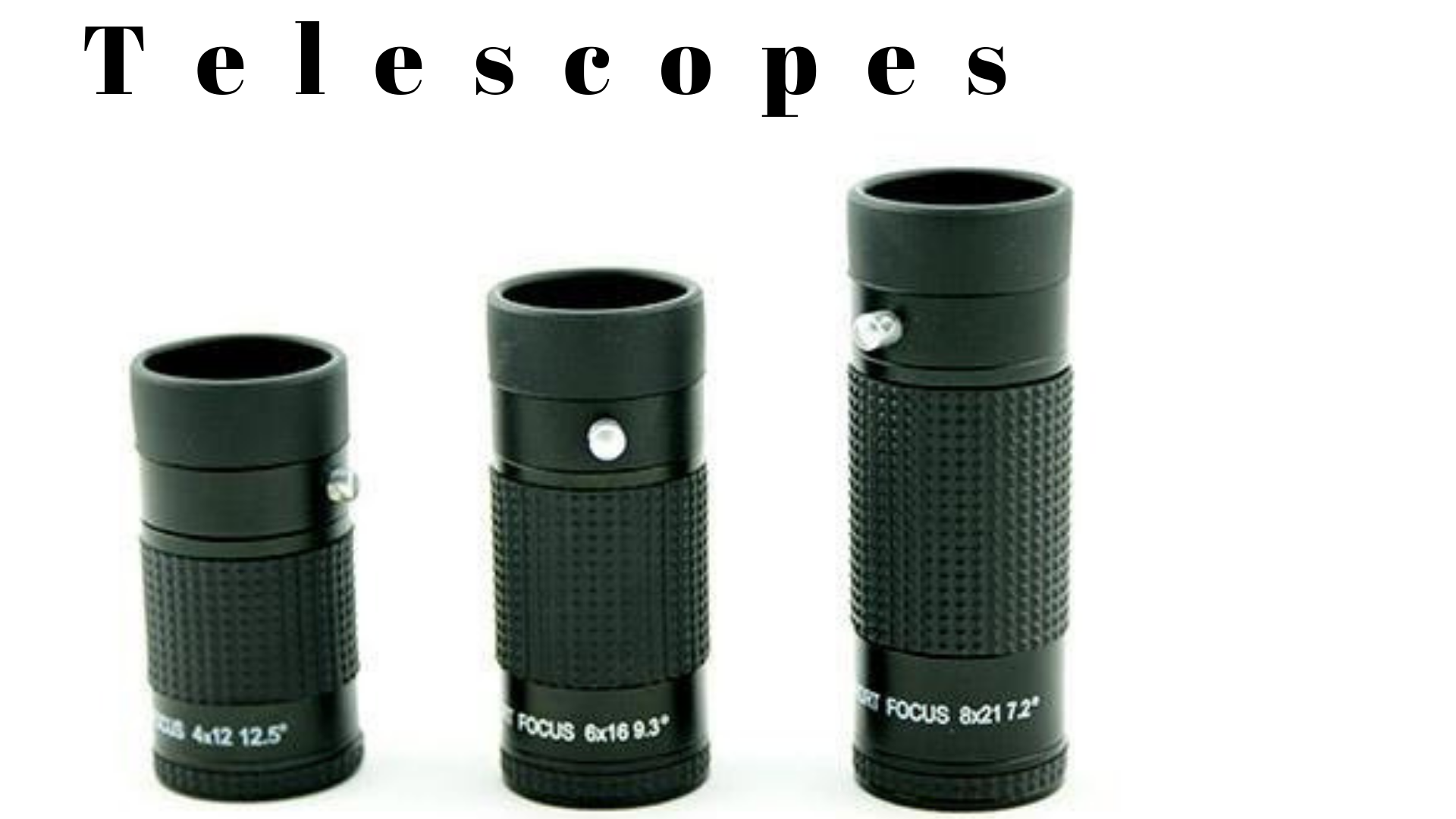Contents
Meaning of Low vision aid
Low vision aid is optical devices hold a variety of devices, such as a stand and hand-held magnifiers, loupes, and small telescopes. If you have low vision, your official prescription of eyeglasses is usually no longer enough to help with distance and near tasks.
What is a low vision?
An important visual impairment that cannot be adjusted fully with glasses, contact lenses, medicine or eye surgery is named as low vision. It also refers to vision loss that cannot be corrected by medicinal or operational treatments or conventional eyeglasses. Low vision can affect people of all ages, but it is linked essentially with adults over the age of 60. It is generated by critical eye disease, in which visual acuity in the better eye is 20/70 or less, or where there is a vital loss of visual field constriction to 20 degrees or less, termed tunnel vision.
Visual acuity of the person with 20/70 vision who is 20 feet from an eye chart views what a person with perfect vision 20/20 vision can view from 70 feet away.
Causes of low vision
Causes and common patterns of low vision which cannot be corrected involve:
- Blurred or partially covered central vision: Macular degeneration
- Blind spots, blurriness and optical distortions: Diabetic retinopathy
- Reduced peripheral vision, or tunnel vision: Glaucoma
- Poor peripheral vision, and failure to see in the dark: Retinitis pigmentosa
- Eye damages
- Optic neuropathies (toxic)
These cannot be corrected from the surgery or a with wearing of eyeglasses. This only possible in case of cataract surgery. If not, your doctor will lead special tests to discover the cause, type, and severity of vision loss. After the first assessment, he or she will help you take the following steps toward coping with your life situations.
Once the visual loss has been determined, the low vision specialist can guide suitable low vision aids which suit best for your condition and teach you how to apply them. There are many low vision aids and devices to help you cope with your day to day living. The most generally prescribed ones include lighted handheld magnifiers, digital desktop magnifiers, and bioptic telescopes.
Low Vision Techniques
There are some techniques one should adopt for low vision :
- Enhance the lighting in your house
Substitute light bulbs with bulbs of higher wattage. Make all nooks and crannies are well elucidated to limit falls and gain clear visibility.
- Decrease glare
Modify light fixtures to reduce shield your eyes from temporary blindness by wearing sunglasses and a wide-brimmed hat or a dupatta/ stole wrapped around your face protecting your eyes.
- Use markers and highlighters
Practice big, bold felt tip markers for writing a shopping list. Even, you can use a whiteboard to mark important dates and calendars.
- Exclusive low vision devices
Watches, remotes, and thermostats that talk back are also easily available and have reasonable costing.
Commonly used Low vision aid
There are many of the low vision aid equipment and tools, some of them are :
Magnifying Spectacles
Magnifying spectacles are worn like eyeglasses and assist in better viewing power for activities like reading, threading a needle, stitching etc. These are hands-free magnifiers, allowing you to work with your hands.
Stand Magnifiers
Stand magnifiers are convex (plus) lenses created with a rigid mounting located adjacent to the object. Rays rising from the stand are not parallel, but conflicting, demanding accommodative effort or a common reading aid to bring the image into the centre. The device can be explained. It is the aid of choice for people who cannot hold a lens or stand the distance of microscopes. Because of the fixed focus, stand magnifiers operate well for children. The focal length is defined by the height of the support. If the object is located at a distance less than the focal length, the image is set at a limited distance from the eye and the patient requires to use the service or might require corrective glasses for near. It gives a smaller visual field when linked to a microscope and requires high-grade hand-eye coordination.
These magnifiers are located away from your eye, on the thing you are trying to read. The handheld versions are also accessible for reading, and these normally have built-in lights.
 Telescopes
Telescopes
These low vision devices usually are positioned on the lenses of eyeglasses and give high magnification while enabling the wearer to see reading material from a healthy distance. Again, some training is required to use these devices well, but reading telescopes often are very convenient. Hand-held versions also are available.
A telescope allows greater participation in daily and social activities such as watching television and reading whiteboards etc. On the other hand, limitation of visual field and illumination, the problem in finding and concentrating on objects fast, and short focus depth are problems of the telescopes. Telescopes are not completely accepted due to expense, the problem in using the devices, and artistic considerations. Good coordination and training are essential.
Video Magnifiers
A video magnifier system has a monitor and a camera that projects the magnified and large image on the screen. Benefits are greater reading speed ie.e 2.5 times and higher working distance is 3 times when relating to other aids. The longer working distance makes it simple to use for writing, sketching, or art. Also gives extra visual field, brightness, contrast, and polarity control, addressing it the choice for diseases with low contrast and glare. It provides magnification of 2 to 60 times and binocular vision. It can be set or portable, black and white or colour, mouse or tray, and fixed-focus or autofocus, allowing objects to be seen at different distances.
A video magnifier method needs coordination and training, but it is the only service that completely enhances difference and residual vision and it is fully shown for :
- Larger working distance
- Extended and less tiring reading
- Permits contrast to be reversed
- Glare
- Large visual-field errors (less than 5 degrees)
- Low reply to contrast
- VA smaller than or equivalent to 20/800 or better than 20/800
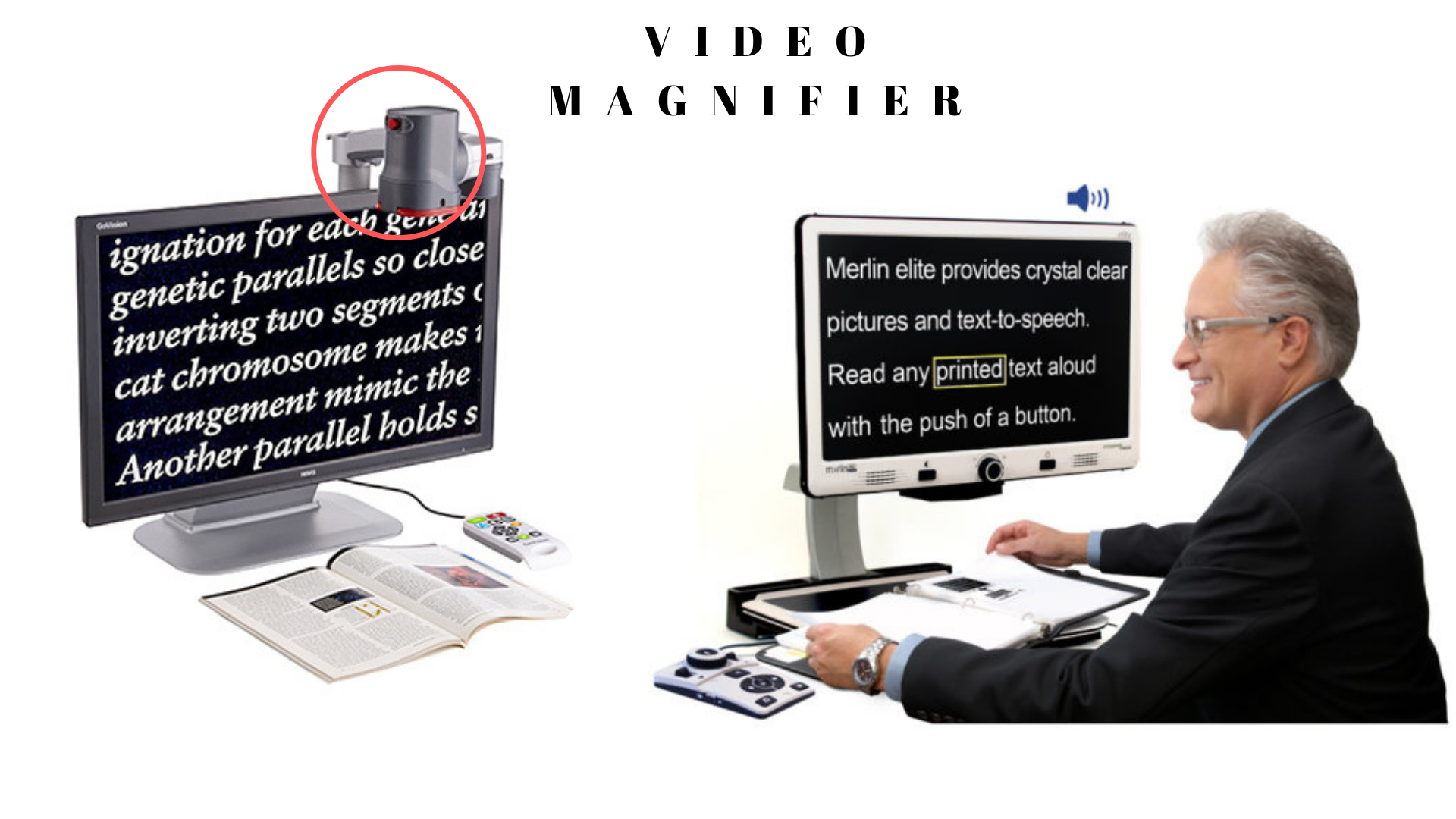
All of the above are the best performing low vision aids for the elderly. They’re mostly used and applied equipment for having a good viewing power.
Conclusion
Reading is often one of the most complex challenges for visually week people. Many people with low vision give up reading completely because what used to be fun, effortless activity now requires care, preparation and a lot of change. Low Vision Devices can benefit.
Above mention, low vision aid will help to modify your vision. Many low vision tools can make reading more relaxed and satisfying for people with macular degeneration, retinitis pigmentosa and other low vision diseases.
For getting a service of low vision aid log into our website EyeMantra. Our professional experts will take great care of your vision and will tell you treatment according to your needs.
You call us at +91-8851044355. You can also mail at eyemantra1@gmail.com.We also have other services like Computer Vision Correction, Paediatric Ophthalmologist, Specs Removal which can help in correcting your vision.
We offer what is best for you!
Related Posts:
Cataract Surgery: Cost, Types, Phaco, Zepto
Diet & Nutrition for healthy eyes
Phaco Surgery | Types – Regular or Micro | IOLs & Equipments |
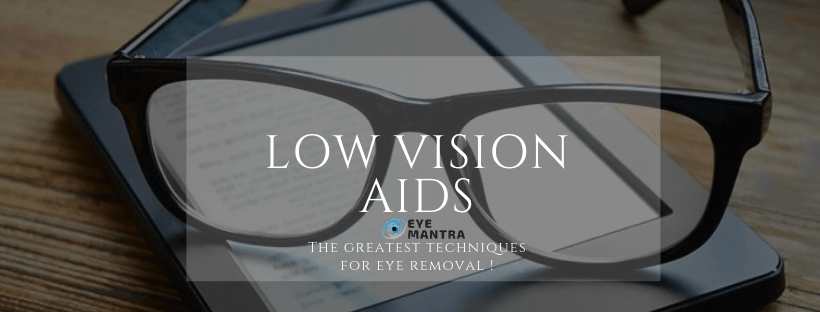
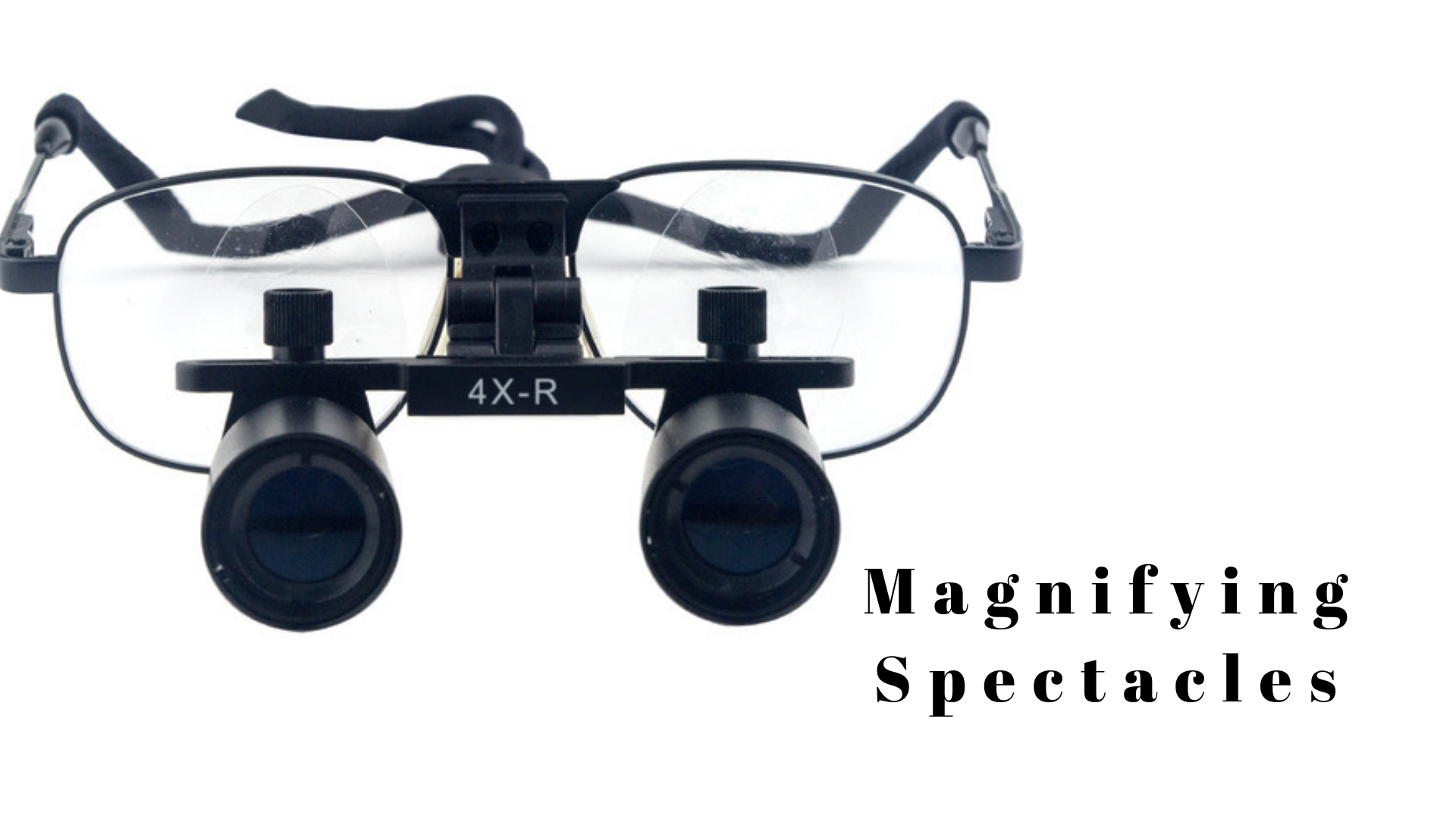
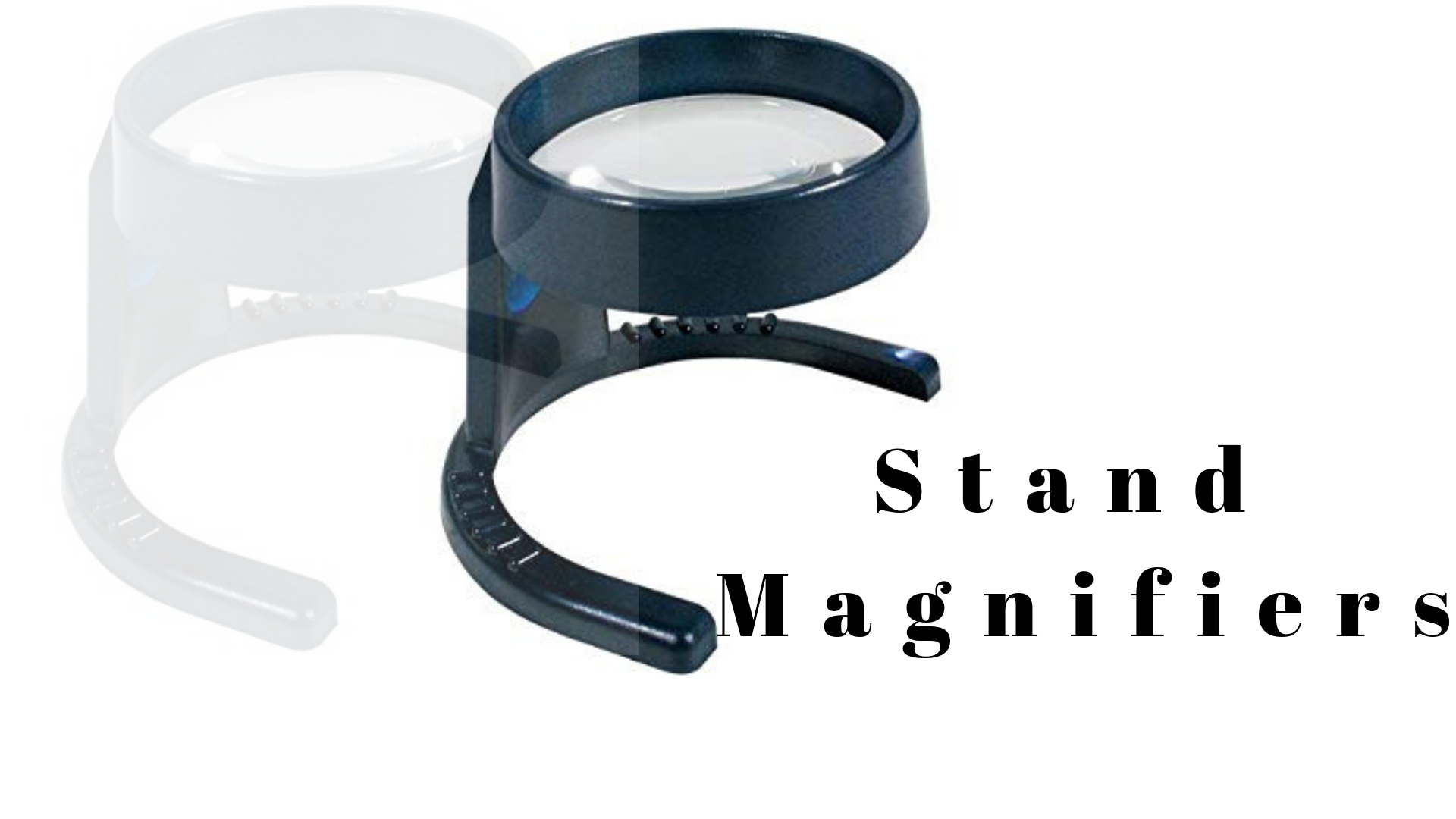 Telescopes
Telescopes